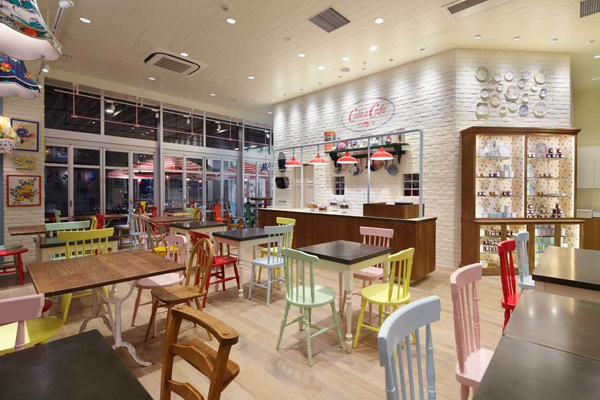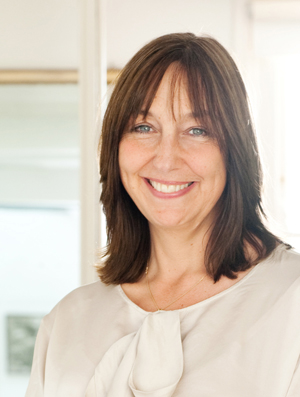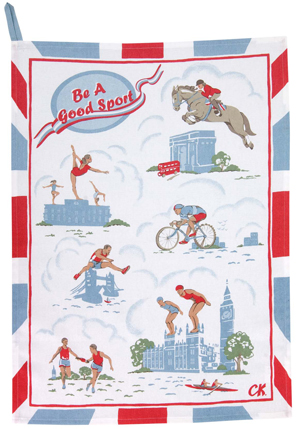Responsible for some of the most instantly recognizable product lines to come out of Great Britain in the past two decades, Cath Kidston’s global empire is always expanding at a rapid rate.
The ‘new Laura Ashley’, who in the early nineties described her business as a “glorified junk shop,” currently has more than 75 stores worldwide, including over 30 in Asia. Japan, in particular, has become an increasingly important market for her company in recent times and Kidston is certain that there is a lot more potential for growth here.
“I believe there is a great synergy between England and Japan,” Kidston tells Weekender. “Both countries very much appreciate tradition and all the quirky details that come with it. We also both have a lively sense of happiness, cuteness and humour; qualities I always have in mind when working on our product ranges. Perhaps that is why we have built up such a sound Japanese customer base.”
It was music that first brought her out here back in the eighties. Her husband, Hugh Padgham, is one of the UK’s most famous record producers (he has worked with Paul McCartney and The Police) and Kidston would often accompany him on his business trips to the Far East. She fell in love with the place back then and she now sees it as being “almost like a second home,” which she visits once or twice a year. “I have huge admiration for Japan and always find my visits inspirational.”
She is treated as a massive celebrity when in Japan, which is hardly surprising considering how popular her goods have become. Japanese ladies, mainly, from all generations – though particularly the 30-somethings – have really taken to her polka-dot and floral designs. Licensed to Sanei International, there are currently around 20 Cath Kidston stores in the country, but she is looking to more than double that over the next few years.
“Japan has had a long association with my business, which is now nearly 20 years old – Japanese customers came to my first ever shop from the very early days. We have always grown our Japanese stores organically, looking at various locations across the country. Around 50 stores seems to be right but this will be a gradual process, based on demand.”
The brand has become so big here that Kidston decided Japan would be the ideal country to launch her first cafe. Located in Tsujido-Shonan, in Kanagawa, it serves up a traditional English menu, including a cream tea set, scones and an English breakfast. Naturally, the décor is cute and colourful, while the plates and cups are all original Cath designs.
“I have always dreamed of having a café and was thrilled that we had the opportunity to create one in Shonan,” she says. It’s great to be near the sea, for Kidston. “It is the ideal location and we are delighted with the concept. It was exciting for me that the first Cath’s Café opened in Japan and as it has been so popular we are now planning to take the idea over to the UK!”
Kidston is clearly very confident about the future of the company as it approaches its 20th anniversary, though that hasn’t always been the case. She was originally reluctant to start her own business but, after some some encouraging words from interior designer Nicky Haslam, she decided to open her first shop in Notting Hill in 1993.
“Nicky was a real inspiration to me. Before I arrived in his studio I had only worked in other people’s shops but he was very supportive of me and gave me tremendous encouragement to design. He is the person I credit with giving me the confidence to start my own business.”
Operating without debt, progress was initially steady rather than spectacular. Things have certainly changed in recent years however, with sales exploding. Cath Kidston ended the financial year 2011 with a turnover of 69 million pounds, compared with just 12 million five years ago, an incredible increase at a time when many retailers have suffered losses due of the financial crisis and consumer uncertainties. Her success hasn’t just been confined to the UK and Japan. She also has shops in Korea, Thailand and Taiwan, while she is hopeful of opening further outlets in China and Hong Kong. She is unlikely to stop there though as her empire continues to grow. In this age of economic uncertainty, it would seem that, for the queen of the floral print, the future is rosy.
By Matthew Hernon











